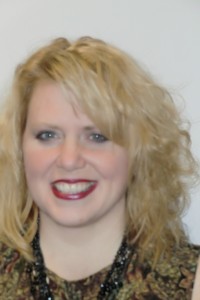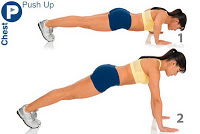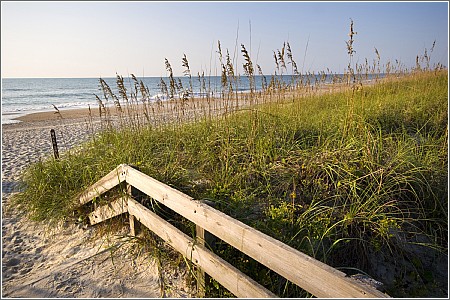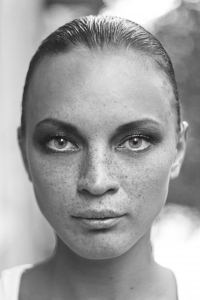This week, Dr. Richard Kline of The Center for Natural Breast Reconstruction answers your questions.
Q: After a double mastectomy in April 2010, my left expander was replaced in June 2010 due to leakage and became infected.
I was hospitalized and given vancomycin and oral antibiotics for almost 3 weeks. Infection spread to right breast and both expanders were removed the same month.
I had DIEP flap surgery in December 2010, but I have had severe pain and shocking sensations in chest, ribs and stomach. My surgeon says he does not know what is causing this pain. Is it the result of nerve damage? And is there any way to fix this?
A: So sorry to hear about your experience! Out of 1,011 flaps to date, we have very few patients with chronic pain, but unfortunately it does sometimes occur. We usually examine the areas in question with a CT and/or MRI, but usually this does not show any abnormalities other than normal post-surgical changes.
In this scenario, we then refer the patients to our pain therapists, who almost always are able to provide significant relief. Please let us know if we can provide additional information.
Dr. Richard M. Kline, Jr.
Center for Natural Breast Reconstruction
Have a question about breast reconstruction you’d like answered from our surgical team? Just ask us!

















